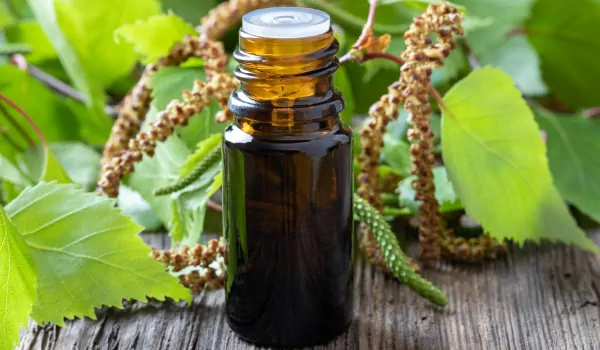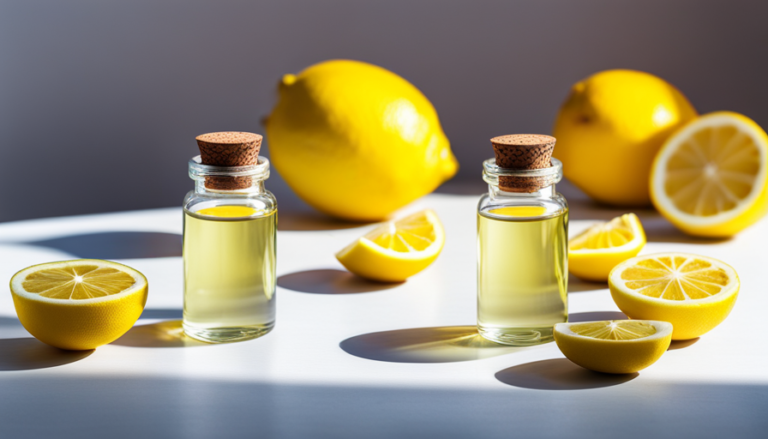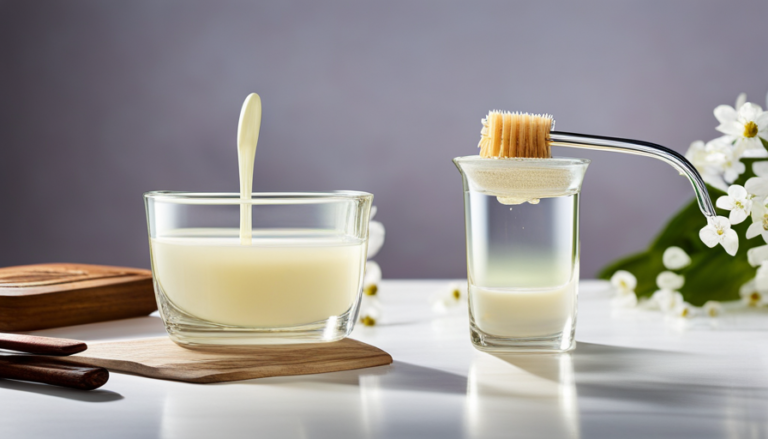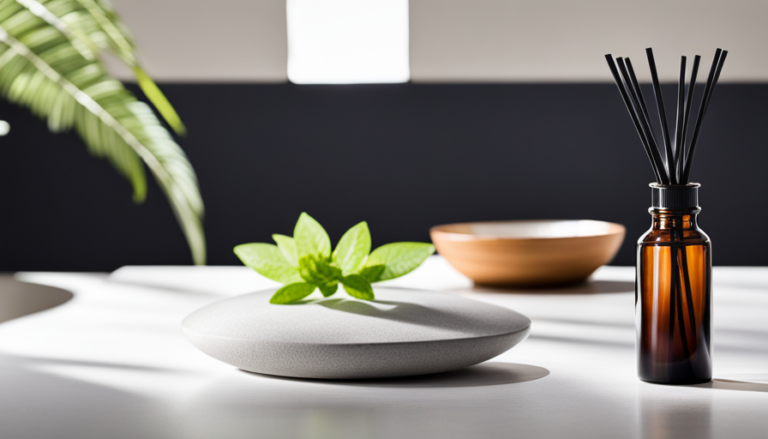Essential Oil Cologne Recipes
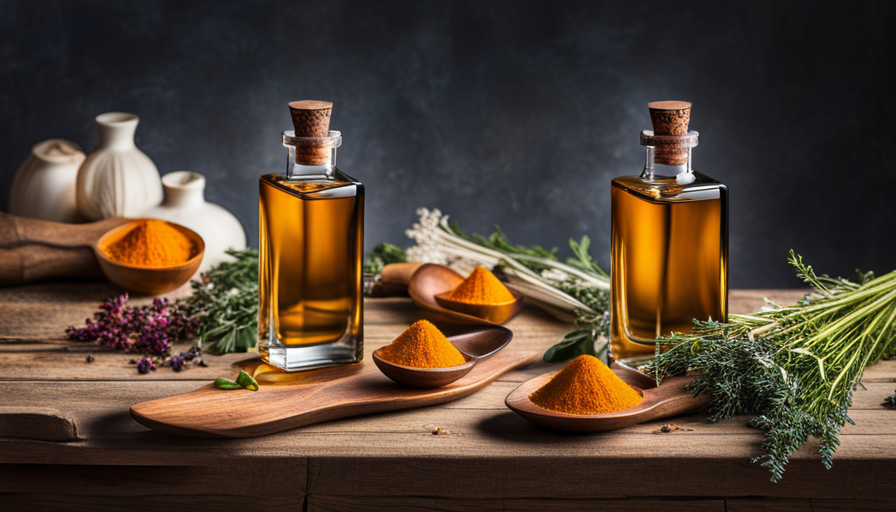
Imagine walking through a field of blooming flowers, the sun kissing your skin and a gentle breeze carrying the scent of nature all around you.
Now, what if you could capture that enchanting aroma and wear it as your own personal fragrance? With these essential oil cologne recipes, you can do just that.
By blending carefully selected oils, determining the perfect scent profile, and diluting them with a carrier oil, you can create custom-made colognes that are both natural and unique to your style.
So why settle for generic fragrances when you can create something truly special? Let’s dive into the world of essential oil cologne recipes and discover how to craft your very own signature scent.
Key Takeaways
- Choose essential oils that you enjoy and complement each other for a pleasant aroma.
- Create a balanced scent profile by selecting a base, middle, and top note.
- Blend the essential oils in specific ratios to create a harmonious blend.
- Dilute the blend with a carrier oil to enhance longevity and reduce the risk of skin irritation.
Choose Your Essential Oils
Choose your essential oils by considering scents that you enjoy and that complement each other well. Essential oil blending techniques allow for endless possibilities in creating custom fragrances that suit your personal preferences.
Begin by selecting a few key oils, such as lavender, bergamot, or patchouli, which are known for their pleasant aromas. Experiment with different combinations to find the perfect balance of scents that you find appealing. Remember to consider the intensity of each oil and how they interact with one another.
For example, citrus oils tend to be light and refreshing, while floral oils can add a touch of sweetness. By understanding the properties of different essential oils and how they work together, you can create unique cologne recipes that reflect your individual style and personality.
Now it’s time to move on to determining the scent profile for your homemade cologne blends.
Determine the Scent Profile
Decide on the aroma you want for your homemade cologne by determining the scent profile. Matching fragrances is an art that allows you to create unique scents tailored to your preferences. Consider the notes of essential oils and how they interact with each other to form a harmonious blend.
Start by choosing a base note, such as sandalwood or patchouli, which provides depth and longevity to your cologne. Then, select a middle note like lavender or geranium, which adds balance and complexity. Finally, add a top note such as bergamot or lemon for a refreshing and uplifting touch.
Experiment with different combinations until you find the perfect scent profile that suits your personality and style. With these guidelines in mind, let’s move on to blending the essential oils seamlessly into your homemade cologne creation.
Blend the Essential Oils
Once you have determined the scent profile, it’s time to blend the essential oils seamlessly into your homemade cologne creation. Essential oil blending techniques are crucial in creating unique scents that reflect your personal style and preferences. By combining different oils in specific ratios, you can achieve a harmonious blend that is both captivating and long-lasting.
To help you get started, here is a table showcasing four essential oil combinations that work well together:
| Essential Oil | Scent Profile |
|---|---|
| Bergamot | Citrusy |
| Cedarwood | Woody |
| Lavender | Floral |
| Patchouli | Earthy |
Experiment with these oils or try your own combinations to find the perfect fragrance for your cologne. Remember to start with small quantities and adjust as necessary until you achieve the desired aroma.
Now that you have blended the essential oils, it’s time to dilute the blend with a carrier oil to create a balanced and wearable cologne.
Dilute the Blend with a Carrier Oil
To create a balanced and wearable cologne, you’ll need to dilute the blend of essential oils with a carrier oil. This step is crucial as it helps to ensure that the fragrance is not overpowering and allows for a smoother application on the skin.
There are several carrier oil options available, each with its own unique benefits. Jojoba oil, for example, closely resembles our skin’s natural sebum and is easily absorbed, making it an excellent choice. Sweet almond oil is another popular option due to its moisturizing properties and light texture.
By diluting the essential oils with a carrier oil, you not only enhance their longevity but also reduce the risk of skin irritation.
Now that your blend is diluted and ready for use, let’s explore how to store and use your homemade cologne without compromising its quality or scent.
Store and Use Your Homemade Cologne
When storing and using your homemade cologne, it’s important to keep it in a cool, dark place to maintain its quality and scent. Storing homemade cologne properly is crucial for ensuring long-lasting fragrance.
Exposure to light and heat can degrade the essential oils, causing the scent to fade quickly. To avoid this, store your cologne in a tinted glass bottle or a cool drawer away from direct sunlight. Additionally, make sure to tightly seal the bottle after each use to prevent evaporation and preserve the aromatic notes.
When applying and wearing your homemade cologne, remember that less is more. Start with just a couple of sprays or dab a small amount on pulse points such as wrists, neck, or behind the ears. This will allow the fragrance to gently develop on your skin throughout the day without overwhelming those around you.
Experiment with different application techniques to find what works best for you and enjoy the unique scent you’ve created!
Conclusion
Congratulations! You’ve just mastered the art of creating your own signature scent with these essential oil cologne recipes.
By blending carefully chosen oils, you can create a unique and personalized fragrance that suits your style and personality.
With a few simple steps, you’ll be able to dilute your blend with a carrier oil and store it for future use.
So go ahead, embrace your inner alchemist, and let the aromatic magic unfold!
Happy crafting!

